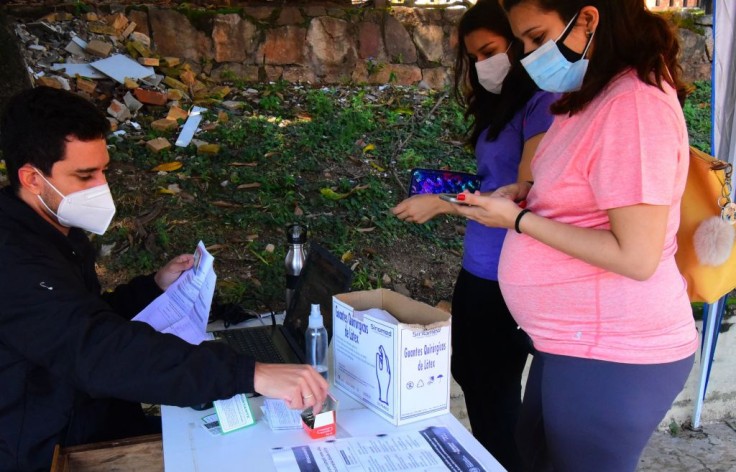
A review of more than 3 million pregnancies shows that 1 out of 16 women take dangerous drugs that may cause pregnancy loss, congenital disabilities, and various complications to the unborn child. Physical defects and abnormalities have also been linked to prenatal exposure to teratogenic drugs.
A research published in the American Journal of Obstetrics and Gynecology involved the investigation of more than 200 teratogenic drugs. The study showed that more than 3 million pregnant women had been exposed to these kinds of drugs that are harmful to the unborn child.
Teratogen substance
A teratogen is a substance that affects growth and development. According to a published research about teratogenic medications, these drugs, when administered during pregnancy, might have detrimental effects on the physical development of the fetus. Medicines for seizures, acne, obesity, bipolar disease, migraines, hypertension, etc., are just some of the drugs among hundreds with teratogen properties or effects.
In the study conducted, about 140 of the drugs have definite teratogen effects, while 65 were classified as having the potential of being teratogenic. These meds pose risks to fetal development.
In the 12-year study period, the proportion of pregnant women who have been exposed to definite teratogens has decreased slightly from 1.9 percent to 1.2 percent. However, there has been increased exposure to drugs with potential teratogenic effects. The proportion of pregnant women who have been exposed to potential teratogens has had a significant increase from 3.4 percent to 5.3 percent.
According to study author Almut Winterstein, professor and chair of the department of pharmaceutical outcomes and policy at the University of Florida College of Pharmacy, while the decrease of exposure to definite teratogenic drugs is promising and encouraging, the rising number of exposure to potential teratogens is risky as it accounts for one out 16 pregnancies.
Women in their 40s and teenagers are at the most significant risk of prenatal exposure to teratogenic medications as more unwanted pregnancies occur among these age brackets. More and more accidental drug exposure is possible during pregnancies where the mother is unaware that she is with a child.
Risk assessment on medication
The researchers have been interested in evaluating and assessing prenatal exposure in recent years, particularly after the FDA Amendment Act of 2007 was enacted. According to this law, the US Food and Drug Administration mandates drug manufacturers to conduct a risk assessment and implement strategies to mitigate certain medications' risks.
One of the mitigation strategies to lessen the risk of prenatal exposure to certain drugs is the standard procedure of conducting a pregnancy test before a teratogenic medication is commenced. The research team also found that among the drugs that have mitigation protocols based on the study, they have been used infrequently and thus, contributed only to a small portion of the exposure of pregnant women.
In light of the new findings, pregnant women and healthcare providers must be diligent and careful about what medications are taken during pregnancy. According to Winterstein, drug labels must be reviewed to ensure that the unborn child is not put at risk.